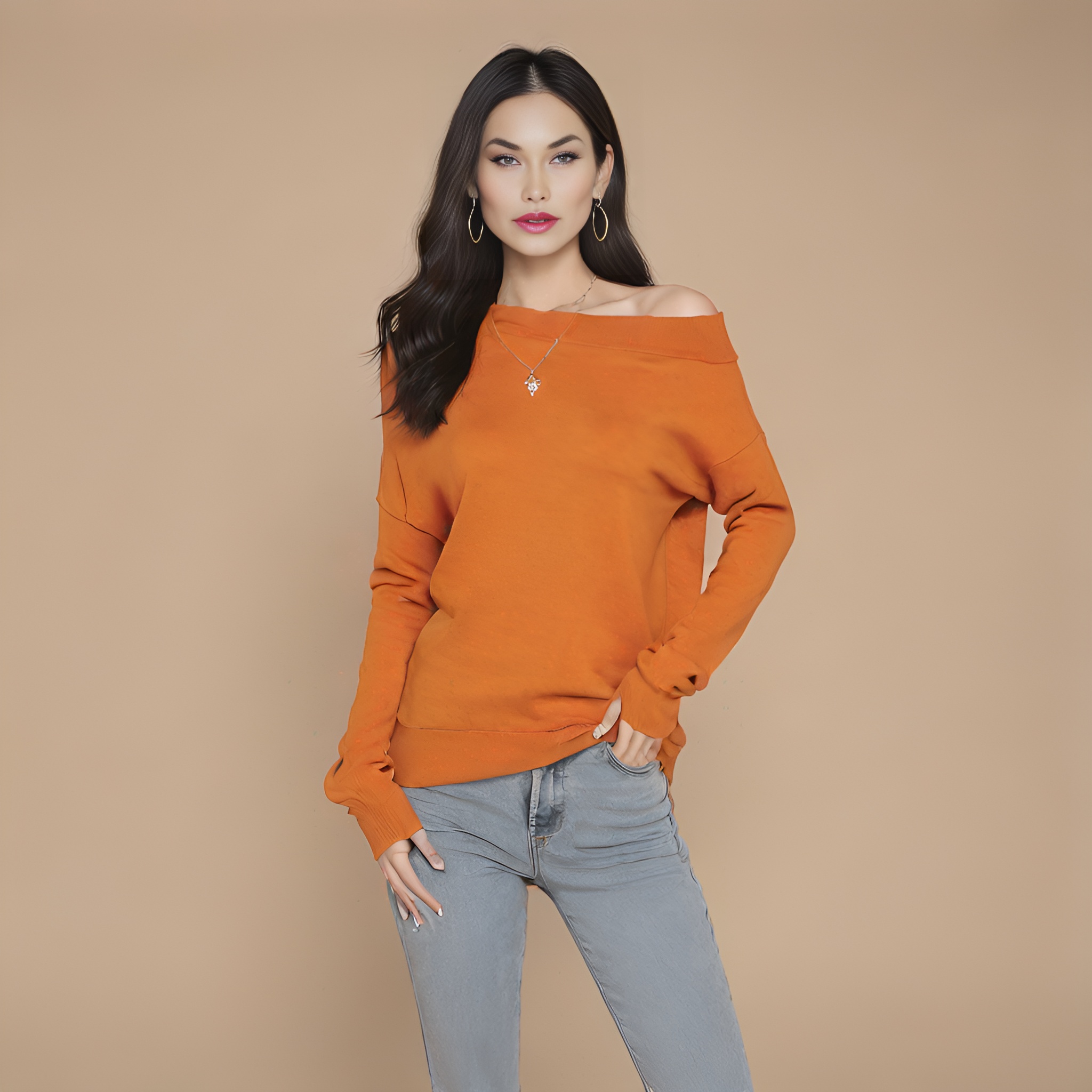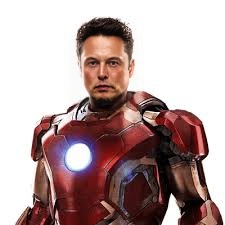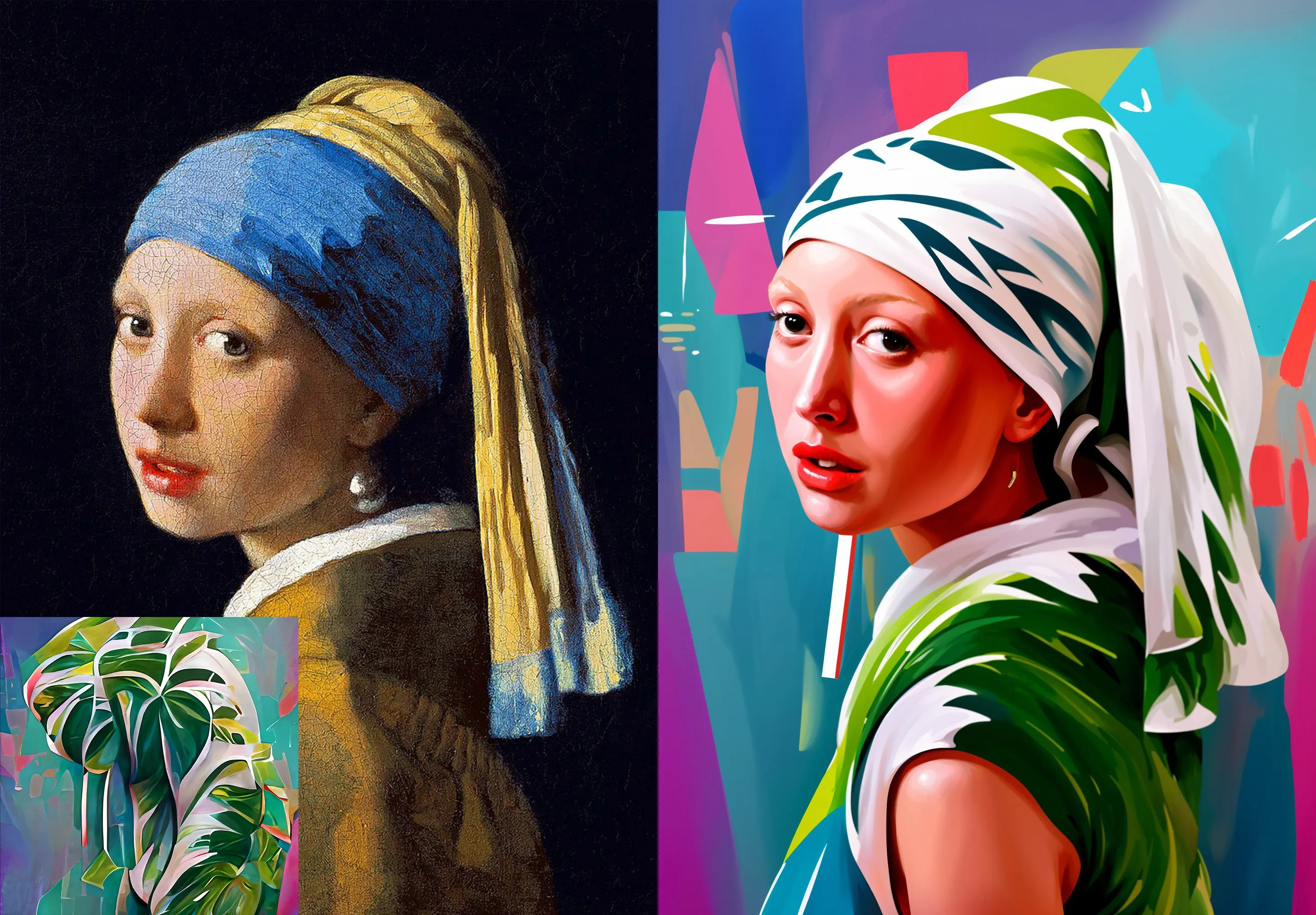face-swap
Maintainer: codeplugtech

62

| Property | Value |
|---|---|
| Run this model | Run on Replicate |
| API spec | View on Replicate |
| Github link | No Github link provided |
| Paper link | No paper link provided |
Create account to get full access
Model overview
The face-swap model, created by codeplugtech, is a powerful tool for face swapping in images. It can be used to adapt any picture of a face into another image, similar to models like become-image and face-to-many. The model can also be used for practical face restoration in old photos or AI-generated faces, like the gfpgan model.
Model inputs and outputs
The face-swap model takes two inputs: an "Input Image" which is the target image, and a "Swap Image" which is the image to be swapped into the target. The model then outputs a single image with the face from the "Swap Image" composited onto the "Input Image".
Inputs
- Input Image: The target image where the face will be swapped
- Swap Image: The image containing the face that will be swapped into the target
Outputs
- Output: The resulting image with the face from the "Swap Image" swapped into the "Input Image"
Capabilities
The face-swap model can be used to seamlessly swap faces between images, enabling a wide range of creative and practical applications. It can be used to insert faces into old family photos, create amusing image composites, or even help with tasks like image restoration.
What can I use it for?
The face-swap model can be used for a variety of projects, from creative photo editing to practical image restoration. For example, you could use it to insert a friend's face into a family photo, or to restore an old photograph by swapping in a clearer face. The model could also be used in conjunction with other AI tools, like the background_remover model, to create more sophisticated image composites.
Things to try
One interesting thing to try with the face-swap model is to experiment with different combinations of "Input Image" and "Swap Image". By swapping in faces from unexpected sources, you can create surreal and humorous results. You could also try using the model to restore old photographs, swapping in clearer faces to breathe new life into faded or damaged images.
This summary was produced with help from an AI and may contain inaccuracies - check out the links to read the original source documents!
Related Models

face-swap

3.0K
The face-swap model is a tool for face swapping, allowing you to adapt a face from one image onto another. This can be useful for creative projects, photo editing, or even visual effects. It is similar to other models like facerestoration, GFPGAN, become-image, and face-to-many, which also work with face manipulation in various ways. Model inputs and outputs The face-swap model takes two images as input - the "swap" or source image, and the "target" or base image. It then outputs a new image with the face from the swap image placed onto the target image. Inputs swap_image**: The image containing the face you want to swap target_image**: The image you want to place the new face onto Outputs A new image with the swapped face Capabilities The face-swap model can realistically place a face from one image onto another, preserving lighting, shadows, and other details for a natural-looking result. It can be used for a variety of creative projects, from photo editing to visual effects. What can I use it for? You can use the face-swap model for all sorts of creative projects. For example, you could swap your own face onto a celebrity portrait, or put a friend's face onto a character in a movie. It could also be used for practical applications like restoring old photos or creating visual effects. Things to try One interesting thing to try with the face-swap model is to experiment with different combinations of source and target images. See how the model handles faces with different expressions, lighting, or angles. You can also try pairing it with other AI models like real-esrgan for additional photo editing capabilities.
Updated Invalid Date

face-swap

6
The face-swap model is an image-to-image face swapping tool. It allows you to swap the face in one image with the face in another image. This can be useful for things like photo editing, creating digital avatars, or even video special effects. The model is similar to other face swapping tools like Face Swap by omniedgeio, but may have different capabilities or performance characteristics. Model inputs and outputs The face-swap model takes two images as input - the "swap image" and the "input image". It then outputs a new image with the face from the swap image swapped into the input image. Inputs Swap Image**: The image that contains the face you want to swap into the other image. Input Image**: The image that you want to swap the face into. Outputs Output Image**: The new image with the face swapped in. Capabilities The face-swap model can be used to swap faces between images. This can be useful for things like creating digital avatars, photo editing, or even video special effects. The model may have capabilities like preserving the lighting and background of the input image, or handling things like occlusion or multiple faces in an image. What can I use it for? The face-swap model can be used for a variety of projects. For example, you could use it to create digital avatars or characters by swapping different faces onto a base image. You could also use it to edit photos, swapping your own face into a group photo or swapping a friend's face into a different image. Additionally, the model could be used in video production, swapping faces to create special effects or deepfakes. Things to try Some things you could try with the face-swap model include: Swapping your own face into a famous portrait or historical photo Swapping the faces of friends or family members into group photos Creating a series of digital avatars with different face swaps Experimenting with swapping faces in short video clips to create interesting effects
Updated Invalid Date

background_remover

10
The background_remover model is a Cog implementation developed by codeplugtech that can remove the background from an image. It is similar to other background removal models like remove_bg, rembg-enhance, and video-background-remover, which also aim to separate foreground objects from their backgrounds. However, the background_remover model may have unique capabilities or trade-offs compared to these similar models. Model inputs and outputs The background_remover model takes a single input: an image. It then outputs a new image with the background removed, leaving only the foreground object or subject. Inputs Image**: The input image file that contains the background to be removed. Outputs Output**: The resulting image with the background removed, leaving only the foreground. Capabilities The background_remover model can effectively separate foreground objects from their backgrounds in images. This can be useful for tasks like product photography, image compositing, and creating transparent PNGs for web and graphic design. What can I use it for? The background_remover model can be used in a variety of applications where it's necessary to extract the subject of an image from its background. This could include e-commerce product photography, social media content creation, video production, and graphic design. By automating the background removal process, the background_remover model can save time and effort compared to manual editing techniques. Things to try One interesting thing to try with the background_remover model would be to see how it handles complex or cluttered backgrounds, or images with multiple subjects. You could also experiment with different types of images, such as portraits, landscapes, or product shots, to see how the model performs in various scenarios.
Updated Invalid Date

become-image

329
The become-image model, created by maintainer fofr, is an AI-powered tool that allows you to adapt any picture of a face into another image. This model is similar to other face transformation models like face-to-many, which can turn a face into various styles like 3D, emoji, or pixel art, as well as gfpgan, a practical face restoration algorithm for old photos or AI-generated faces. Model inputs and outputs The become-image model takes in several inputs, including an image of a person, a prompt describing the desired output, a negative prompt to exclude certain elements, and various parameters to control the strength and style of the transformation. The model then generates one or more images that depict the person in the desired style. Inputs Image**: An image of a person to be converted Prompt**: A description of the desired output image Negative Prompt**: Things you do not want in the image Number of Images**: The number of images to generate Denoising Strength**: How much of the original image to keep Instant ID Strength**: The strength of the InstantID Image to Become Noise**: The amount of noise to add to the style image Control Depth Strength**: The strength of the depth controlnet Disable Safety Checker**: Whether to disable the safety checker for generated images Outputs An array of generated images in the desired style Capabilities The become-image model can adapt any picture of a face into a wide variety of styles, from realistic to fantastical. This can be useful for creative projects, generating unique profile pictures, or even producing concept art for games or films. What can I use it for? With the become-image model, you can transform portraits into various artistic styles, such as anime, cartoon, or even psychedelic interpretations. This could be used to create unique profile pictures, avatars, or even illustrations for a variety of applications, from social media to marketing materials. Additionally, the model could be used to explore different creative directions for character design in games, movies, or other media. Things to try One interesting aspect of the become-image model is the ability to experiment with the various input parameters, such as the prompt, negative prompt, and denoising strength. By adjusting these settings, you can create a wide range of unique and unexpected results, from subtle refinements to the original image to completely surreal and fantastical transformations. Additionally, you can try combining the become-image model with other AI tools, such as those for text-to-image generation or image editing, to further explore the creative possibilities.
Updated Invalid Date